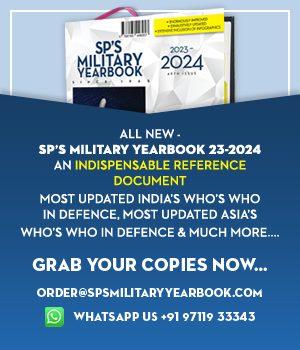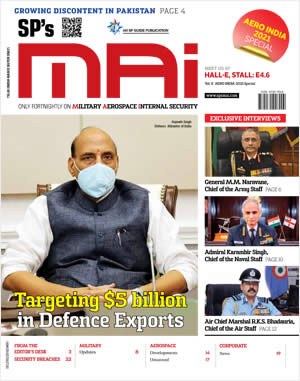INDIAN ARMED FORCES CHIEFS ON OUR RELENTLESS AND FOCUSED PUBLISHING EFFORTS
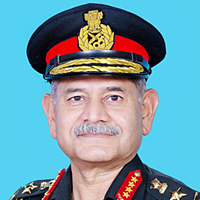
The insightful articles, inspiring narrations and analytical perspectives presented by the Editorial Team, establish an alluring connect with the reader. My compliments and best wishes to SP Guide Publications.
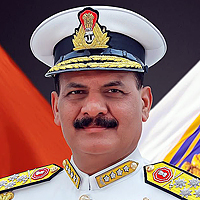
"Over the past 60 years, the growth of SP Guide Publications has mirrored the rising stature of Indian Navy. Its well-researched and informative magazines on Defence and Aerospace sector have served to shape an educated opinion of our military personnel, policy makers and the public alike. I wish SP's Publication team continued success, fair winds and following seas in all future endeavour!"

Since, its inception in 1964, SP Guide Publications has consistently demonstrated commitment to high-quality journalism in the aerospace and defence sectors, earning a well-deserved reputation as Asia's largest media house in this domain. I wish SP Guide Publications continued success in its pursuit of excellence.
- Operation Sindoor: Resolute yet Restrained
- India’s Operation Sindoor Sends a Clear Message to Terror and the World – ‘ZERO TOLERANCE’
- Japan and India set forth a defence cooperation consultancy framework, talks on tank and jet engines
- Terrorist Attack in Pahalgam in Kashmir: Unfolding a long surgical war against PAK
- Lt General Pratik Sharma takes over Command of Indian Army's Northern Command
Indigenous FRCV & NGMBT
Prototypes are expected by 2027–28, with induction planned for 2030, marking a significant leap in India's armoured warfare capabilities
 |
The Author is Former Director General of Information Systems and A Special Forces Veteran, Indian Army |
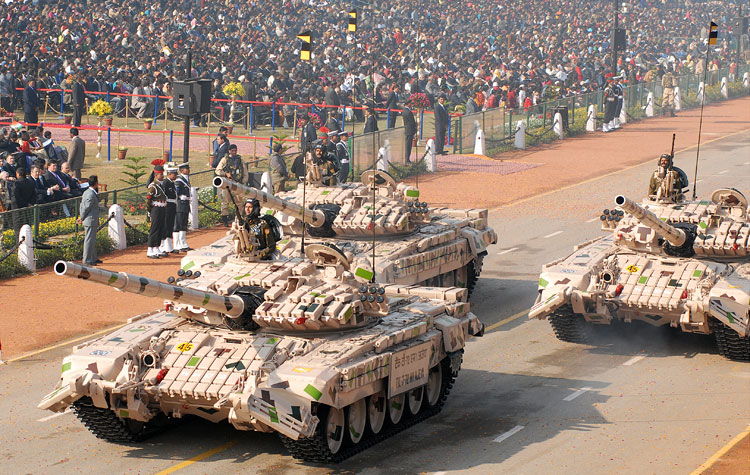
India's Future-Ready Combat Vehicle (FRCV) has been in the spotlight for several months. In parallel, news reports dated November 26, 2024 suggest that the Defence Research and Development Organisation (DRDO) is actively working on smoothbore guns for the Next-Generation Main Battle Tank (NGMBT). This effort forms part of the broader Future Main Battle Tank (FMBT) project, aimed at modernising the Indian Army's armoured capabilities.
The Indian Army issued a Request for Information (RFI) in November 2017 for 2,000 FRCVs under the 'Make in India' initiative to replace the ageing T-72 Main Battle Tank (MBT). This procurement, under the Defence Procurement Procedure (DPP) 2016, was initially planned to be executed through an Indian firm collaborating with a foreign Original Equipment Manufacturer (OEM) via the 'Strategic Partnership' (SP) model. However, a revised RFI was issued in May 2021, incorporating changes to ensure the platform's future readiness. The new RFI outlined the requirement for 1,770 FRCVs with Transfer of Technology (ToT) and requisite logistical support, with induction expected to commence in 2030. The procurement falls under the Make-I category of DPP 2020, mandating Indian firms as Development Agencies (DAs) and 50 per cent indigenous content.
The FRCV is a modular and upgradable tank designed to serve the Indian Army for 40–50 years.
On September 3, 2024, the Defence Acquisition Council (DAC), chaired by Defence Minister Rajnath Singh, granted the Acceptance of Necessity (AoN). This decision establishes the combined cost estimate for both prototype development and subsequent procurement under the Buy Indian – Indigenously Designed, Developed, and Manufactured (IDDM) category. The Army Headquarters has constituted a Project Facilitation Team (PFT) to oversee the preparation of a Project Definition Document (PDD) and to provide nominated DAs with the Preliminary Staff Qualitative Requirements (PSQRs) for the FRCV, alongside detailed timelines and milestones.
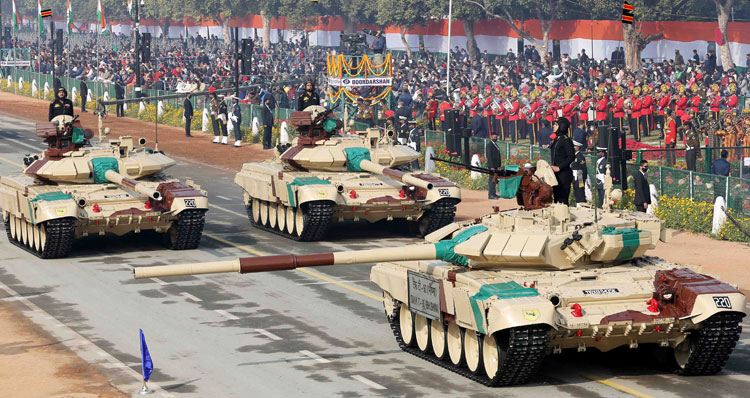
The RFI issued in 2021 envisions a state-of-the-art, technology-enabled tank capable of operating across varied terrains—plains, riverine regions, deserts, semi-deserts, and high-altitude zones—across the future spectrum of conflict. The FRCV's modular and upgradable design will enable the seamless integration of future technologies into its platform. The tank is expected to serve the Indian Army for 40–50 years, extending into or beyond the 2050s.
The FRCV is designed to deliver cutting-edge firepower, lethality, mobility, and survivability in contested, network-centric, and Electronic Warfare (EW) environments. Its key operational features include a weight of 45–55 tonnes, a 120mm smoothbore gun, a dual autoloader system with increased ammunition capacity and longer-range APFSDS ammunition, an indigenous 1,500 HP engine, composite armour, and advanced Explosive Reactive Armour (ERA) for protection against kinetic and high-explosive rounds. Additional features include AI-enabled automatic target tracking, a battle management system (BMS), and a remote weapon station.
The platform incorporates advanced technologies such as AI-enabled targeting, BMS, and advanced armour systems.
The indigenous FRCV is being developed with two separate turret configurations: manned and unmanned versions. The manned version features a low-profile turret design, while the unmanned version resembles the Russian T-14 Armata tanks, with the entire crew placed within the hull for enhanced security. Foreign military experts have lauded the Indian FRCV for its innovative design and cutting-edge technology, which incorporates elements inspired by the Russian T-14 Armata. The Indian Army will eventually decide whether to adopt the manned or unmanned turret, likely based on prototype performance and operational suitability.
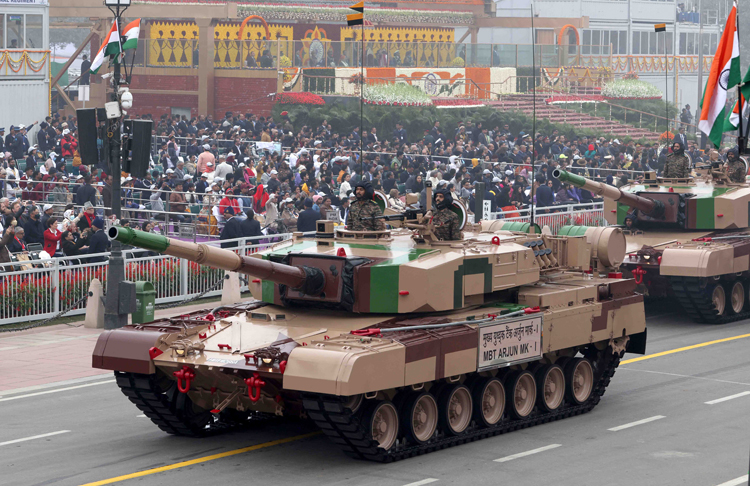
The new FRCV platform is envisioned as a base for a range of applications, including light tracked/wheeled combat and fighting vehicles, bridge-layer/trawl tanks, self-propelled artillery howitzers, observation post platforms, air defence guns, engineering reconnaissance vehicles, and armoured ambulances. However, there are ongoing debates regarding its design, technical specifications, and production capacity, particularly in light of the challenges faced in producing indigenous Arjun tanks in the required numbers and timeframe.
Development includes both manned and unmanned turret configurations, inspired by global innovations like the Russian T-14 Armata.
The dual autoloader system, which combines a carousel and bustle autoloader, is considered an innovative feature but may present operational and maintenance complexities. Concerns regarding loitering munition hits and previous instances of ammunition detonations in T-72 and T-90 tanks highlight the need for rigorous testing. Some experts advocate for a single robust autoloader to optimise crew space. Similarly, the enhanced ammunition capacity for battle conditions requires detailed scrutiny. While the BMS appears promising, cybersecurity vulnerabilities and potential system failures in high-pressure scenarios remain significant concerns. The indigenous 1,500 HP engine will necessitate robust design and extensive field trials. Additionally, emerging trends in gun calibres suggest a potential shift towards 130mm smoothbore systems.
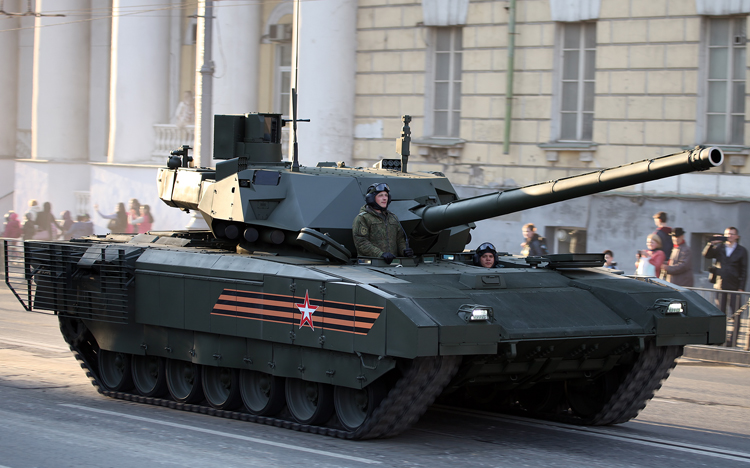
The NGMBT, designed to meet the demands of modern warfare, incorporates advanced technologies such as next-generation explosive reactive armour and anti-drone systems. The project is progressing towards its Critical Design Review (CDR) stage, focusing on integrating these cutting-edge systems. The development of 120mm and 125mm smoothbore guns for the NGMBT, as part of the FMBT programme, allows for a broader range of ammunition types, including laser-guided missiles with engagement ranges of up to 12 kilometres—crucial for precision strikes in modern combat scenarios.
Prototypes of the FRCV are expected within the next three to four years, with induction planned for 2030. Key design priorities include enhanced resilience against anti-tank threats, improved situational awareness, greater tactical versatility, real-time transmission of battlefield visuals and intelligence, receipt of tactical updates, and synchronisation with critical assets. Meeting these timelines is crucial, as the FRCV and NGMBT are essential for bolstering the operational capabilities of the Indian Army.




